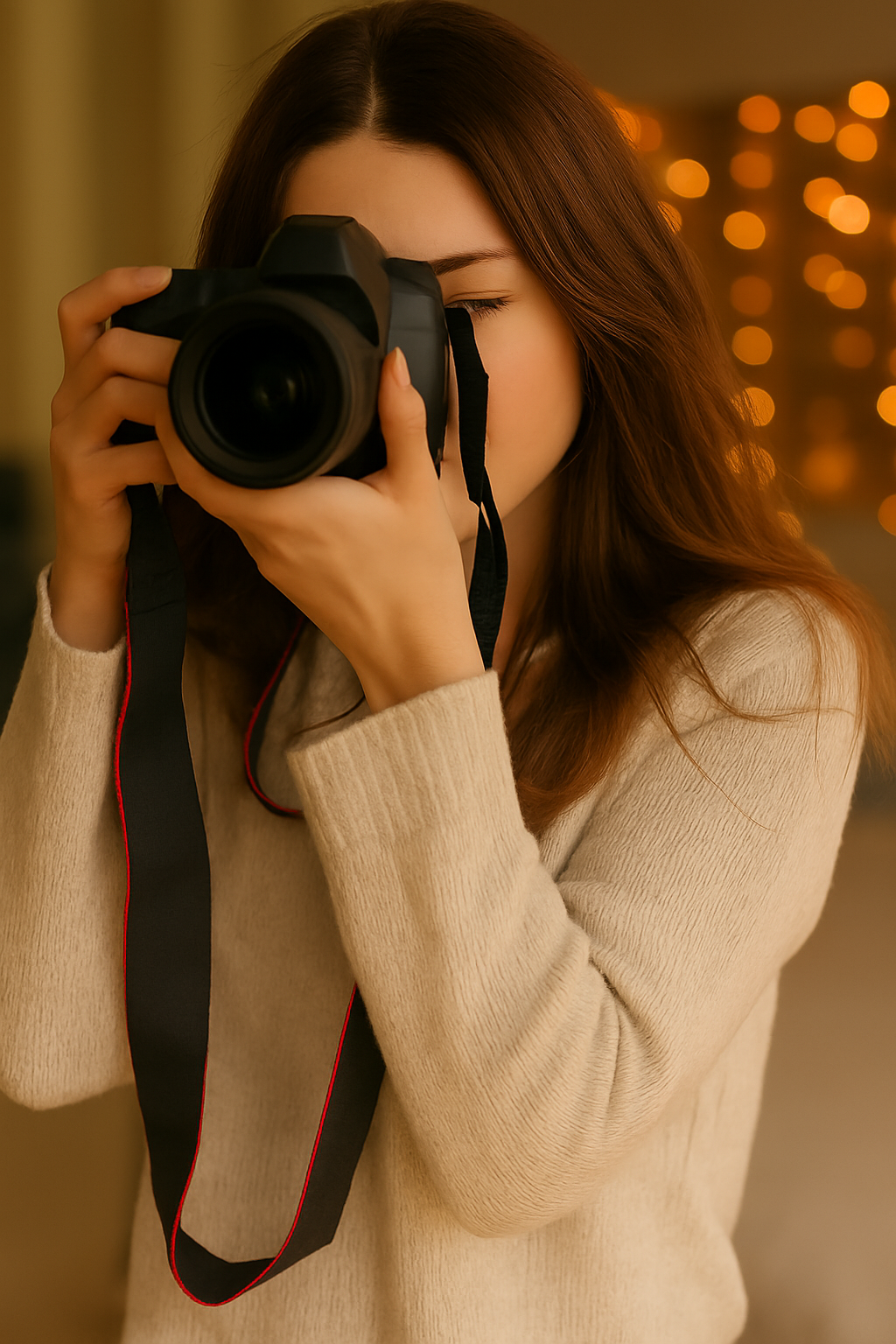Photographing foggy scenes can result in some wonderfully moody and atmospheric images, and as a photographer, I love the feeling of packing up my gear in preparation for an early morning shoot when I know there will be fog. However, without using certain photographic techniques, you can end up with dull, washed-out images.
The right light
The main problem with shooting in fog is the lack of contrast due to the wide distribution of light; this is quite unlike shooting on a clear day where your images will have plenty of contrast and a more defined light source. The best way to think about this is by imagining your scene lit by a huge soft box: on foggy days, thousands of tiny water droplets form in the air, and as a result, the distribution of light is widespread, rather than the light source travelling on a directly defined course.
Foggy scenes are also, usually, dimly lit and may need longer exposure times than usual; they trick your camera meter into thinking it needs to decrease exposure times because fog makes the air much more reflective to light. With this in mind, you may need to think about adding some positive exposure compensation, possibly +1 or +2. Of course, you can also bracket and take a number of images at different exposures.
Finding fog
The best places to find a good distribution of fog are near bodies of water such as lakes or rivers, or on mountains and hilltops. And if you like to photograph large landscapes, mountainous areas when foggy can look fantastic.
Personally, I like to survey certain areas in advance. I look for places where I can imagine fog gathering and where I know the composition might be very good for my shot. I will usually take some quick images in the days before, and then wait for a foggy morning to go back to this area to capture my shots.
Generally speaking, there are no absolute rules when it comes to shooting in these conditions, and there will always be an amount of trial and error involved. However, it’s a good idea to try to expose for the fog itself and then try some other shots where something in the foreground is also exposed for. Remember not to use flash in these situations, as artificial light will be like putting the full beams on in your car when foggy, and reduce visibility, so it is best to only use the available light.
Equipment for capturing foggy scenes
It is essential to bring a tripod for this type of shooting, as this will help in both low-light situations and with long-range shots where long focal lengths become an issue. Fog by its very nature is wet, and when it condenses it could damage your equipment. My advice is to keep a close eye on your equipment and keep it dry by using a cloth and only taking it out of the bag when you’re ready to use it.
Have you any tips for shooting in fog? What have you found works well?

